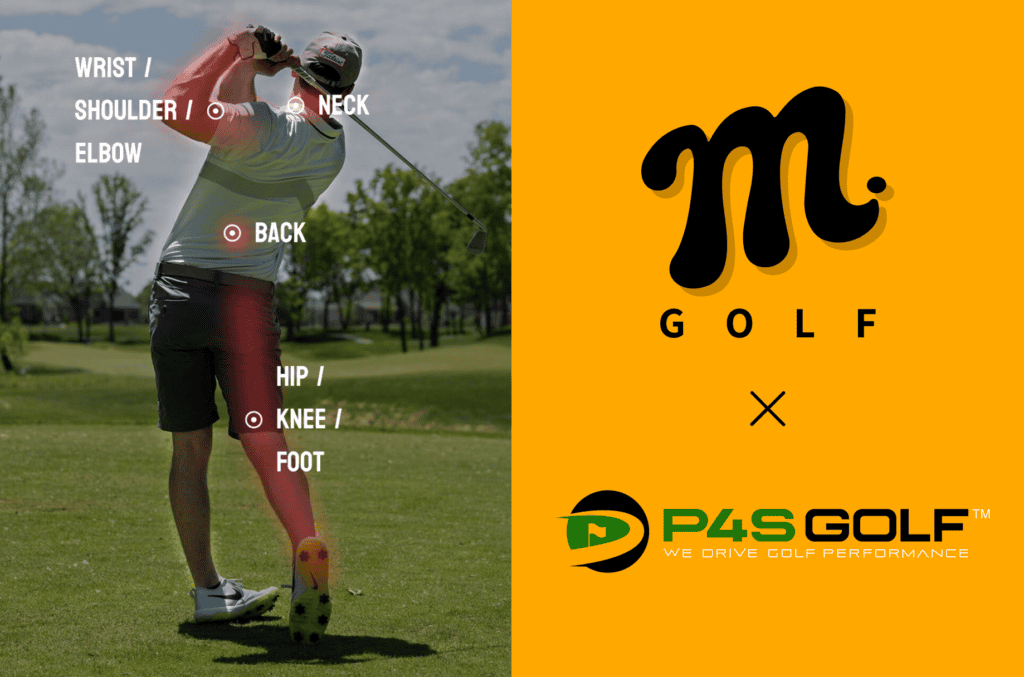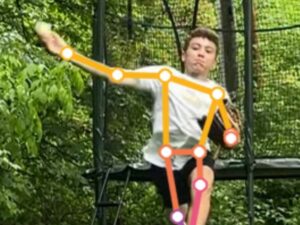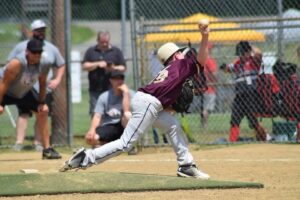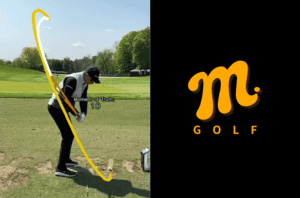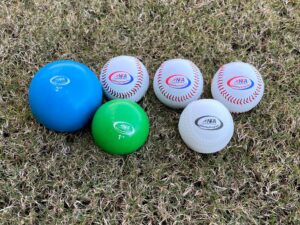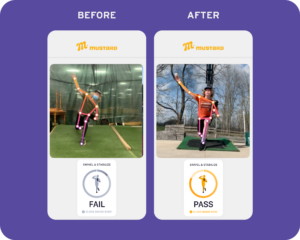Par4Success has been helping golfers assess and improve their mobility for nearly a decade. Founder Chris Finn and research director Bobby Prengle, both physical therapists, did extensive research on how the strength, power, mobility and flexibility of each joint affects club head speed and distance in the golf swing, as well as how each affects injury risk. Using that data, they developed a four-exercise mobility assessment, focusing on the neck, shoulders, spine and hips, that can be done either remotely or in person. Using the results of these tests on the four main rotary centers, P4S can assess a golfer’s performance capabilities and injury risk. When P4S is combined with Mustard Golf, golfers can see a complete picture of how their mobility affects the mechanics of their golf swing.
As you go through the mobility for golfers assessment, demonstrated below by P4S director of coaching Josh Leyes, be honest with yourself. “The vast majority of the golfers who take this assessment at home tell us they passed all four tests,” says Prengle. “But when we see them take the test either virtually or in-person, less than 3% of people we actually test can pass all four. You can’t improve your mobility, and subsequently the mechanics of your golf swing and your performance on the course, unless you’re realistic about what you need to work on.”
1. Assessing Neck Mobility
The ability to rotate the head while keeping your eyes on the ball is essential for stable posture in the golf swing. Limited neck mobility can force compensations in posture, leading to swing faults and inconsistencies as well as headaches and shoulder pain. “This particular test is pass-fail,” says Prengle. “You can either do it or you can’t.” Prengle points out that relating these tests to your Mustard Golf report is helpful. If you have a weakness on your lead side, it will affect your backswing. If you have a weakness on your trail side, it will affect your downswing and follow-through.
How to Test
- Sit or stand tall.
- Find the middle of your collarbone.
- Rotate your chin toward the collarbone while keeping your mouth closed and shoulders down.
- If the chin touches the collarbone without pain, it’s a pass.
2. Assessing Shoulder Mobility
“We don’t really care how much the shoulders internally rotate,” says Prengle. “But in the golf swing, we care a lot about external rotation.” Proper external rotation allows for better shallowing of the club and prevents an over-the-top move to the ball. Limited external rotation can lead to a steep downswing, slicing, loss of power and potential pain in your arms.
How to Test
- Get into golf posture (fingertips touching kneecaps).
- Raise WHICH elbow to shoulder height, elbow at a 90° angle.
- Rotate your forearm backward, keeping your elbow still.
- If your forearm gets more vertical than your spine angle, it’s a pass.
3. Assessing Trunk Mobility
The mobility of your spine determines how wide your backswing and follow-through can be. If trunk rotation is limited, it can reduce backswing and follow-through efficiency, leading to compensations and increasing injury risk. “Ideally, we want over 60 degrees of trunk rotation in each direction,” says Prengle. “That is what our Long Drive champions have, but for the everyday golfer who is looking for a more effective swing, over 45 degrees will help you achieve proper rotation in your backswing and follow-through.”
How to Test
- Sit tall in a chair, feet and knees together.
- Cross your arms over your chest.
- Rotate your torso as far to one side as you can, without moving from the hips down or separating your knees.
- Hold for a breath, then repeat to the other side.
- If you can comfortably move your torso past 45 degrees without pain, it’s a pass.
4. Assessing Hip Mobility
“So many athletes spend a lot of time in figure-4 or pigeon stretches that address the external rotation of the hip,” says Prengle. “But for the golf swing, we care most about internal rotation.” This allows for proper weight shift and ground force usage in the swing. Limited hip internal rotation can cause instability, loss of power, inefficient weight transfer and low back pain. Prengle points out that those who fail this test have a 60% chance of developing back pain on the golf course if the problem is not addressed. And, if you fail this test and then hurt your back, it will take you 12 times longer to get healthy than it would a person who passes the test and hurts their back.
How to Test
- Sit tall with your knees straight in front of your hips.
- Keep your foot lifted slightly off the ground.
- Rotate your foot outward while keeping your hips and knees stable.
- If your foot reaches a 40-45° angle without compensation or pain, it’s a pass.
To learn more about mobility for golfers or to work with a coach on your mobility, schedule a complimentary call with a Par4Success golf fitness professional today! For best results, combine Par4Success with Mustard Golf to learn how your mobility affects the mechanics of your golf swing.
If you’d like more great content from Mustard Golf, and you’d like to evaluate and improve your own golf swing, download the Mustard Golf app today.
Click HERE if you’d like to submit your pitching delivery or golf swing for use on #TeamMSTRD’s social media channels.

